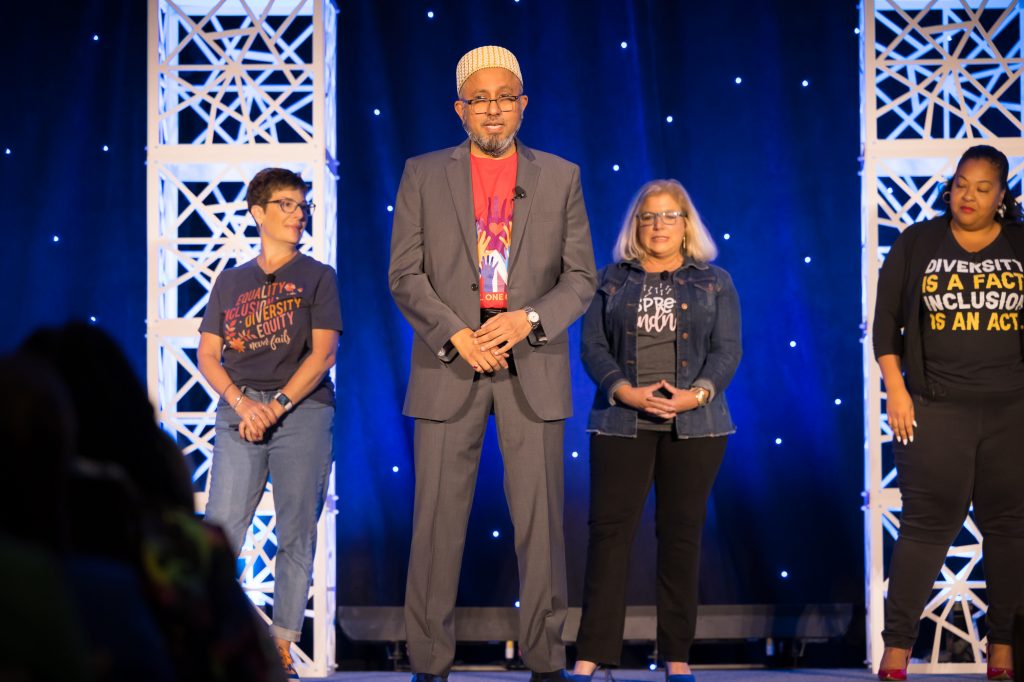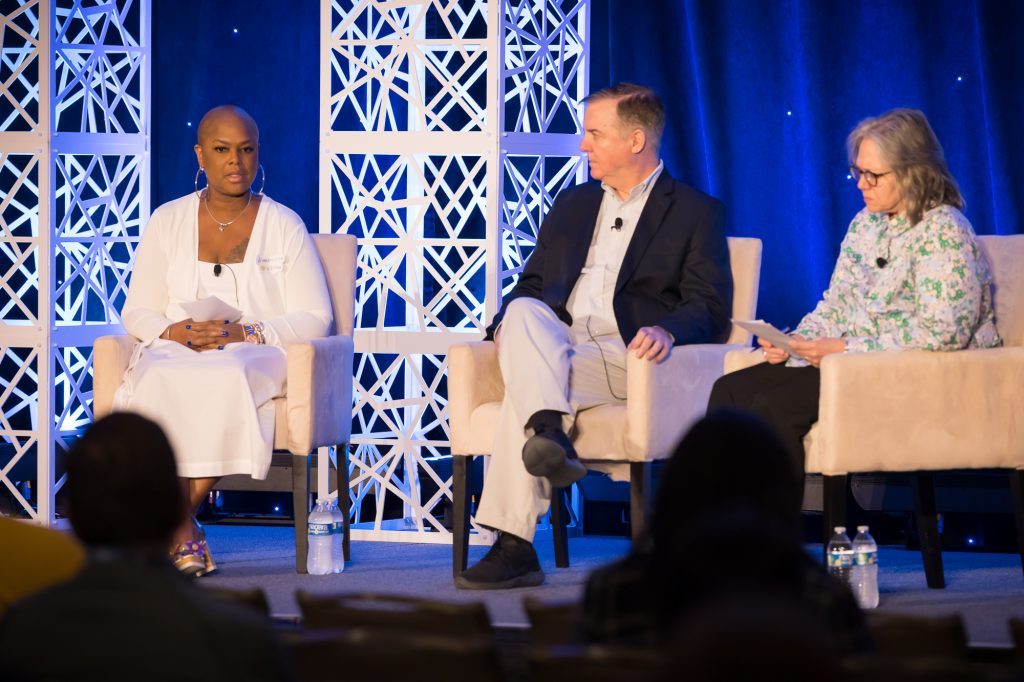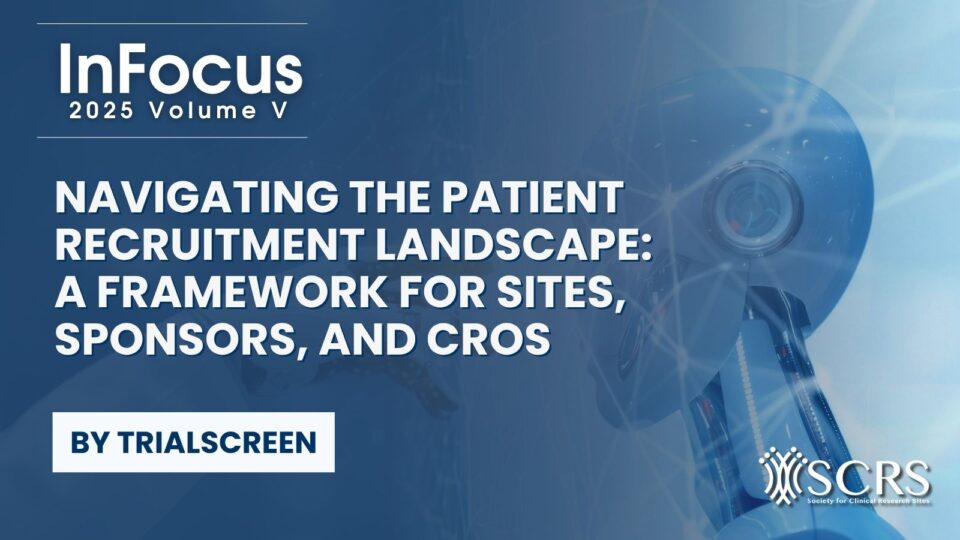Lessons from the 2023 SCRS Diversity Site Solutions Summit

More than 400 clinical research professionals, including many key industry personnel and decision-makers, recently gathered at the SCRS Diversity Site Solutions Summit in Austin, Texas, for education, networking and a look at the offerings of leading solution providers.
Sixty-seven speakers in 18 sessions over 1-1/2 days provided a wealth of insights and practical tips for clinical research sites, sponsors, CROs and service providers, such as the following:
Perspectives
- The clinical research industry lacks a consensus definition of “diversity” or even explicit agreement on why we want diversity (e.g., clinical relevance, commercial relevance, and/or inclusion of underserved populations). Any definition should be quantitative so diversity can be measured and managed in a consistent, actionable and accountable manner.
- The Diverse and Equitable Participation in Clinical Trials (DEPICT) Act requires clinical studies reviewed by the FDA to include a diversity action plan, including socioeconomic considerations, such as occupation, education, income, wealth and location.
- Although diversity in COVID vaccine studies has been high, diversity plummeted in other studies during the COVID pandemic.
- Because increasing diversity in a study population increases variability, it reduces statistical power, meaning that a larger sample size and budget are required. Higher diversity does not necessarily mean that subgroup analysis will be possible. If a small subgroup has a disproportionate number of serious adverse events, establishing causation may be problematic. It may make more sense to assess diversity over a clinical research program with multiple studies.
- It is unclear whether any study sponsors are doing causal analysis or A/B testing (comparing two options while holding other variables constant) of measures to improve diversity in clinical studies.
Populations
- Caucasians constitute 59% of the U.S. population and 75% of study participants, meaning that Caucasians have more than double the likelihood of enrolling in a clinical study than non-Caucasians.
- Disabilities and chronic diseases: Over 50% of the adult U.S. population has a disability (including hidden ones). Service animals may be prohibited from site premises, excluding these populations from participating in studies with on-site visit requirements. Sixty percent of the adult U.S. population has a chronic disease. Excluding these populations without a solid scientific reason drastically reduces the available population.
- LGBTQ+: Ten percent of the of adult U.S. population is LGBTQ and are strong advocates of clinical research because of their community’s history with HIV/AIDS. Nevertheless, HIV prevention medication (PREP) is an exclusion factor in over 50% of studies, including life-saving cancer trials.
- Regional differences: Diversity means different things in different countries. Race and ethnicity are unusually important in the U.S. Other countries may focus on religion, caste, tribe, national origin or other factors.
- Intersectional patients (in more than one group) add an interesting twist to diversity.
Diversity Landscape Survey
- In the SCRS Diversity Landscape Survey, 65% of site survey respondents said structured site diversity enrollment capabilities affect the site selection process by a “significant” or “good” amount.
- 62% of site respondents said their site does not have the support it needs to meet FDA guidance and sponsor requirements.
- Site respondents rated trial budget support and trial-specific community support as their highest priorities.
- Respondents indicated only 23% of protocols include diversity-related budget items. However, 53% of sponsors indicated that they plan to offer diversity-related budgetary items in the future, and 23% do already.
- Notably, survey results indicated that technology has not enabled diverse patient enrollment for most sites (60%).
- 40% of survey respondents said approximately 40-70+% of their tools and materials have diverse patient preclusive language, meaning diverse populations may not be able to participate if they are non-English speaking or LGBTQ+, for example.
- In a verbal survey of about 200 conference attendees, only two attendees had ever been asked by their physician to participate in a therapeutic study. Other factors may be responsible for low study participation in underserved populations.
Challenges and Obstacles
Each dimension of diversity presents its own unique collection of obstacles.
Because of their life challenges, retaining low-income patients in a clinical study may be more difficult than recruiting them in the first place.
For example, low-income or rural populations may not have smartphones or WiFi access, leading to digital exclusion. Additionally, patients may not be able to use payment cards, and those without a bank account may not be able to cash checks.
Taxes on patient payments and stipends remain a barrier for many patients, especially those without a social security number. It is likely a lack of awareness from the U.S. government – not active malice – that makes study stipends taxable, which can disqualify low-income patients from income-tested benefits programs.
Sites often need to negotiate for patient travel reimbursement. Note, however, that study budgets do not typically include additional budget for site staff to help patients that may require more support or assistance than others.
Also, underserved populations are often ineligible for some studies because their insurance does not cover the costs of a first-line therapy study or the previous first-line therapy that well-insured patients have already had. On the other hand, they can be an excellent source of treatment-naïve patients.
While giving investigators discretion on patient enrollment makes sense, it may open the door to arbitrary exclusions based on convenience, prejudice or preconception.
Moving Forward & Practical Tips
Industry leaders from sites, patient advocacy groups, solution providers, sponsors, CRO and regulatory agencies shared many practical and applicable tips to improve diversity, equity and inclusion in clinical trials.
Community outreach came up repeatedly at the conference as the solution to just about every problem. Clinical research sites need to proactively and consistently build trust with underrepresented populations. Sites can collaborate with other sites, healthcare providers, physicians, and community leaders to develop a coordinated community outreach program.
Many healthcare institutions have health-disparity programs with dedicated community outreach resources that clinical researchers can leverage. It was discussed that community outreach programs could be funded by a “3% Pledge” program by which sponsors and sites agree to allocate at least three percent of patient recruitment budgets for community outreach. Additionally, Clinical and Translational Science Awards (CTSA) to academic medical centers include community outreach funds.
Sites need to move from transactional relationships with patients (study by study) to long-term relationships in which they can build trust. Both study sponsors and sites need a solid diversity plan with measurable goals and accountability.
Furthermore, be mindful of the imagery and language used to recruit patients. Artificial intelligence can be used to create racially diverse images for patient recruitment advertisements, although it would reduce the income of photographers and diverse models. Try to put yourself in the patient’s shoes, which requires an in-depth understanding of their situation. Guessing is not an adequate substitute.
Most importantly, study design (e.g., eligibility criteria) must consider diversity. Do not mindlessly recycle text from previous studies (#StopTheCopyPaste).
Hire diverse people to work at your site and organization. Teach your staff basic conversational and medical phrases in languages your patients speak. Explore funding options with study sponsors, industry organizations and advocacy groups to ensure your site has adequate funding for community outreach, patient transportation, translation services and other resources to facilitate access and inclusion.
Assess your site’s knowledge and understanding of the needs of diverse populations with the SCRS Diversity Site Assessment Tool (DSAT), which is being used by more industry sponsors to understand site capacities for diverse recruitment.
Learn more about the Diversity Site Solutions Summit.
About the Author
Norman M. Goldfarb is managing director of Elimar Systems, which is developing a technology platform to transform clinical research into a collaborative, learning enterprise. He is also executive director of the Site Council and the Clinical Research Interoperability Standards Initiative (CRISI). Previously, he was chief collaboration officer of WCG Clinical, founded and led the MAGI conferences, and published the Journal of Clinical Research Best Practices.






